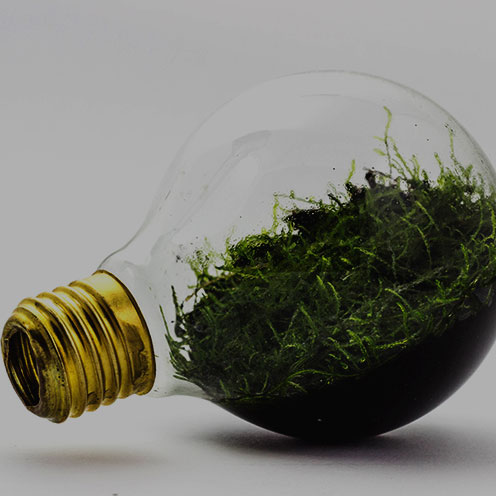We shouldn’t be forced to do something against our will. The planet allows us to live comfortably and yet we abuse it when we don’t recycle.
Do you know what to do when a compact fluorescent lamp breaks? Unlike LED lamps and most other lamp technologies used in households, compact fluorescent lamps contain mercury. No mercury is released when the bulbs are intact or in use. If the bulb breaks, a maximum of 5 milligrams of mercury may be released. Consumers are advised to ventilate the room before cleaning the lamp with a wet cloth and to avoid skin contact with debris and also to not vacuum clean.
Indirectly, when we do NOT selectively collect and we do NOT recycle, the toxic waste affects the environment. We’ve mentioned for many times what are the effects of uncontrolled waste disposal of lighting used equipment into the landfill, because mercury is fundamental to the efficient operation of fluorescent and almost all high-intensity discharge (HID) lamps. In fluorescent lamps, mercury is used to generate ultraviolet light that is converted to visible light by the phosphor. HID metal halide and most high-pressure sodium (HPS) lamps use mercury as a starting aid and for voltage control.
So, mercury is an important element both when lighting equipment is functional, but also after it becomes waste.
People should recycle, but it should not be mandatory. It is a civic duty and our responsibility to lessen the carbon footprint that we leave.









